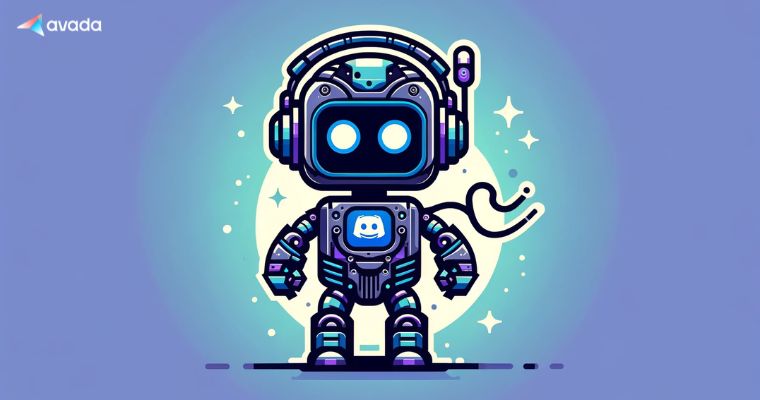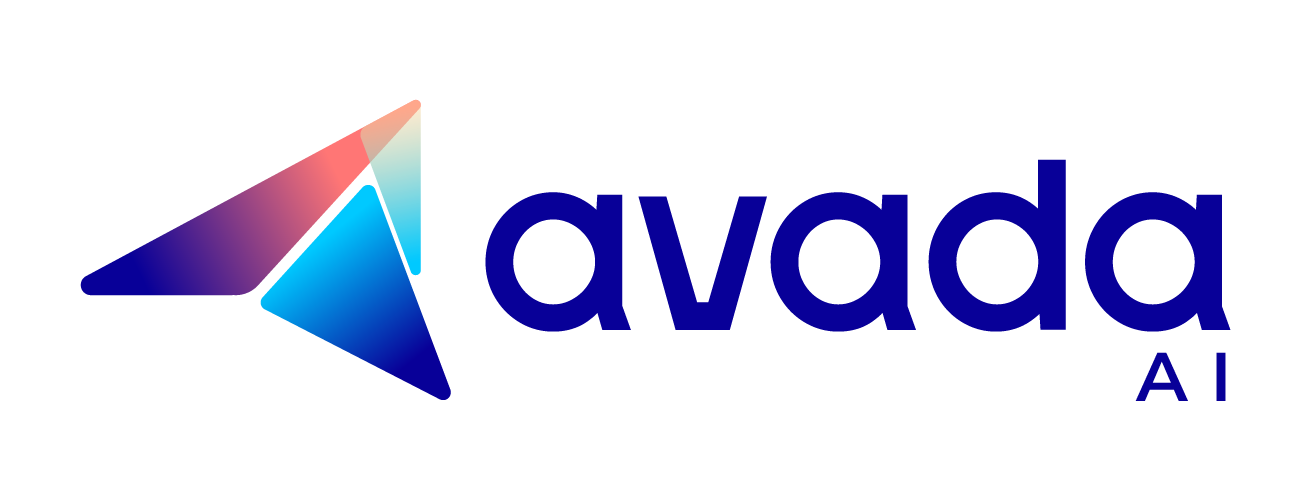Can Turnitin Detect ChatGPT or AI-Generated Content?
Let’s delve into whether Turnitin can detect paraphrased content from sources like ChatGPT-4, and discuss how to use AI tools ethically in academic writing.
Can Turnitin Detect Chat GPT usage?
No. Turnitin primarily detects similarity to existing texts rather than specifically detecting AI-generated content, including ChatGPT. If the text produced by ChatGPT is original and doesn’t closely match sources in Turnitin’s database, it may not be flagged. However, Turnitin and similar platforms are evolving to recognize the patterns of AI-generated content better, so relying on AI for academic work without disclosure is risky and goes against academic integrity principles.
Can Turnitin detect GPT 4?
No. Turnitin does not explicitly target or identify text generated by GPT-4 (or any version of GPT) as AI-generated. Instead, Turnitin’s system focuses on detecting similarities between submitted text and its extensive database, which includes academic papers, web pages, and previously submitted work. If GPT-4 generates entirely original content that does not closely match existing sources in Turnitin’s database, it may not be flagged as similar.
How Does Turnitin Work?
Turnitin operates as a comprehensive plagiarism detection tool that helps educators and institutions identify potential academic dishonesty by comparing submitted student work against an extensive content database. Here’s a breakdown of how it works:
- Submission: Students or educators submit papers to Turnitin through an integration in their institution’s learning management system (LMS) or directly on the Turnitin website. The documents that can be submitted include word processing files, text files, and PDFs, among others.
- Text Extraction: Turnitin processes the submitted documents, extracting the text while ignoring non-textual elements like images and formatting. This text becomes the focus of the analysis.
- Comparison: The extracted text is compared against Turnitin’s vast database, which includes several key sources, such as existing student papers, web content, academic journals, publications, etc.
- Similarity Report: Turnitin generates a Similarity Report for each submission, highlighting text matches between the submitted document and sources in its database. This report provides a similarity index, a percentage of the submitted work that matches other sources, and detailed breakdowns of the matches, showing the original sources of matched content.
- Analysis: Educators review the Similarity Report to determine the context of the matches. Not all matches indicate plagiarism; some may be correctly cited quotes or commonly used phrases. The educator’s judgment is crucial in interpreting the results, as Turnitin does not automatically label a submission as plagiarized; it merely identifies similarities.
- Feedback and Grading: Beyond plagiarism detection, Turnitin offers tools for educators to provide feedback, grade assignments, and promote academic integrity. Features like GradeMark and PeerMark facilitate the review process and engage students in learning about proper citation and writing techniques.

How Accurate is Turnitin in Detecting AI-Written Text?
Turnitin’s accuracy in detecting AI-written text, such as that from tools like ChatGPT, is nuanced. Because, at its core, the software is designed to identify similarities between submitted content and its vast database, which includes academic papers, books, web content, and previously submitted essays. Moreover, Turnitin excels at finding direct matches and can even detect closely paraphrased content from your ChatGPT submissions, aiding in the identification of traditional forms of plagiarism.
The Ethical Implications of Using Chat GPT
Using ChatGPT, like any powerful technology, comes with a spectrum of ethical implications that touch on academic integrity, intellectual property, and the nature of human-computer interaction. Here are several key considerations:
- Academic Integrity: ChatGPT’s impact on academic honesty is the biggest concern. It can be useful for brainstorming, research, and learning, but cheating on assignments and exams hurts education. It makes institutions rethink assessment and integrity teaching and upholding.
- Authorship and Creativity: ChatGPT questions authorship and creativity. Who owns complex AI-written content—the user, the developers, or no one? This blurs human and machine-generated creativity, affecting literature, journalism, and law beyond academia.
- Data Privacy and Bias: AI models like ChatGPT train on large amounts of internet text, raising privacy, consent, and bias concerns. The AI may use unethical data, and the model’s outputs may reinforce biases in the training data, requiring ongoing mitigation.
- Employment and Skills: As AI becomes more capable of complex tasks, job displacement and skill devaluation are concerns. ChatGPT also allows humans to be enhanced and new jobs created, requiring a reevaluation of education and training for an AI-integrated workforce.
- Dependency and Cognitive Skills: AI-based information processing and decision-making can influence cognitive development and critical thinking. Using AI to improve thinking is a fine line between becoming too dependent on it and losing our critical thinking skills.

The thing with ChatGPT or any AI writing tool is that they’re really good at creating new text that doesn’t exactly copy from somewhere else but is made by mixing up everything. So, if you just take something written by an AI and hand it in, Turnitin might not catch it because the AI didn’t copy it straight from there.
But here’s the kicker:
Teachers and professors aren’t just looking for copied text. They’re smart about how writing works and can often tell if something doesn’t quite sound like you or if it’s too polished or technical for what they’d expect from a student. Plus, they might ask you questions about your work to see if you really get the ideas in it, which can be a giveaway if the work isn’t actually yours.
It’s about maximizing benefits, minimizing risks, and ensuring that human values and ethics guide these transformative tools’ development and use. Developers, users, ethicists, and policymakers must work together to create guidelines and frameworks for responsible AI technology use like ChatGPT.
Related: Your ChatGPT keeps crashing? Here’s how to fix it.
FAQs: Can Turnitin Detect ChatGPT
What does Turnitin not detect?
What gets flagged on Turnitin?
What can I exclude from Turnitin?
Can you outsmart Turnitin?
What percentage is unacceptable in Turnitin?
Conclusion
In summary, Turnitin’s capabilities to spot similarities are advanced but not foolproof against AI-generated texts like ChatGPT. Educators must therefore balance technological tools with discerning judgment to maintain integrity. The use of AI in academics calls for ongoing ethical discussion and policy shaping, aiming to responsibly integrate AI into learning while preserving honesty and originality.

ChatGPT’s Second Anniversary

How to Use Kayak ChatGPT Plugin to Plan Your Trip

